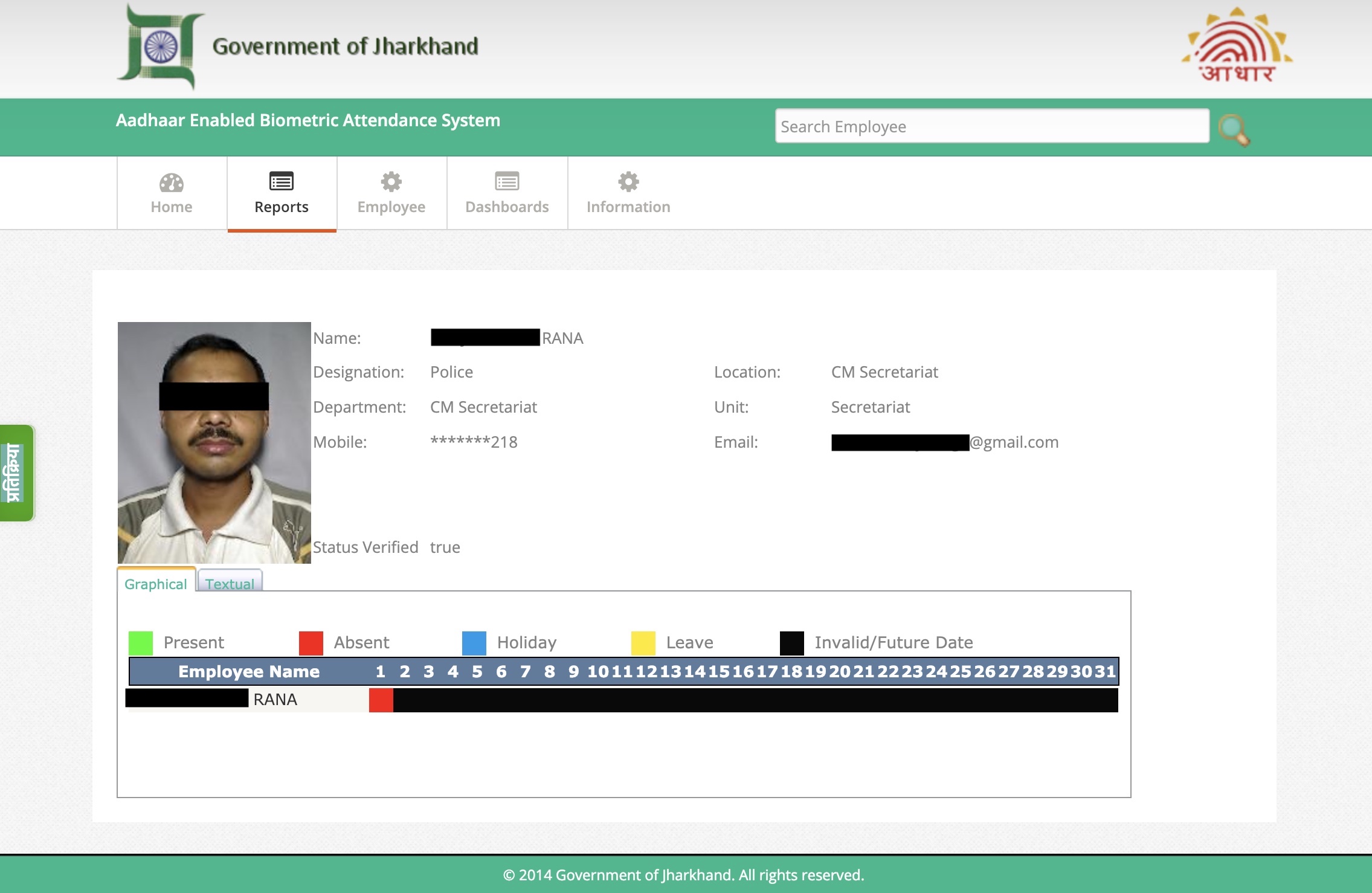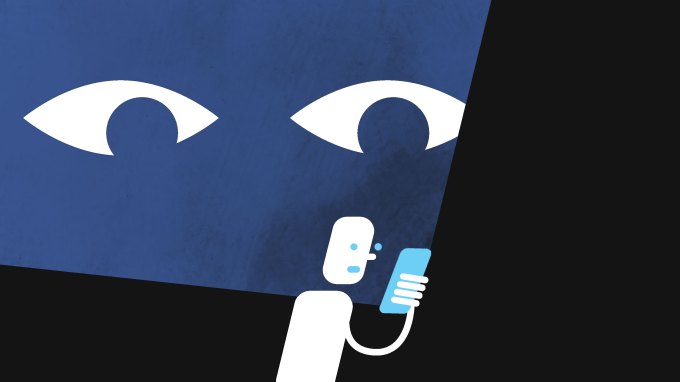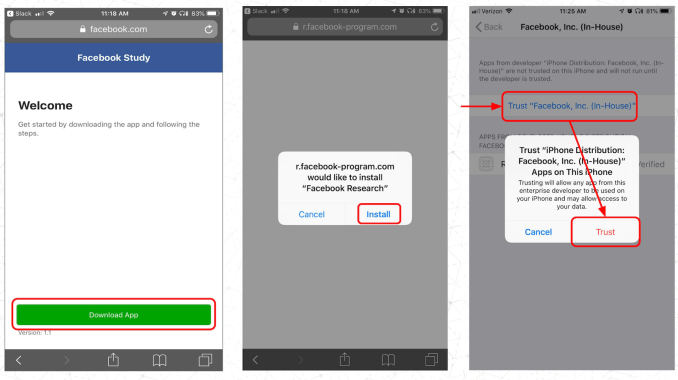More posts by this contributor
As of September 2018, the top 10 tech companies in the U.S. had spent a total of $4.7 billion on healthcare acquisitions since 2012. The number of healthcare deals undertaken by those companies has consistently risen year-on-year. It all points to an increasing interest from technology companies in U.S. healthcare, which raises many questions as to what their intentions are, and what the ramifications will be for the health industry.
It also begs the question as to why healthcare has become the latest target of U.S. tech giants. On the surface, they don’t seem like natural bedfellows. One is agile and quick, the other slow moving and pensive; one obsessed with looking forward, the other struggling to keep up with its past.
And yet, it’s true. Apple, IBM, Microsoft, Samsung and Uber have all flirted with healthcare in recent years, from data-collecting health apps and devices to a digital cab-hailing service for medical patients. Two of the most intriguing companies to make movements around healthcare recently, though, are Amazon and Alphabet. Both of them seem to have health insurance, in particular, set in their sights.
A is for: Alphabet, Amazon or Apple
Alphabet is currently the most active investor among large tech companies in U.S. healthcare, according to CB Insights. Via Verily, an Alphabet subsidiary that focuses on using technology to better understand health, and DeepMind, another Alphabet acquisition that deals in artificial intelligence solutions, the tech giant has been exploring how to use AI to tackle disease by using data generation, detection and positive lifestyle modifications. Alphabet has also made substantial investments in Oscar, Clover and Collective Health — companies that all have their eye on disrupting the health insurance sector.
Meanwhile, Amazon raised eyebrows by making its biggest move into healthcare last summer, when it acquired the internet pharmacy startup PillPack. Then, in October 2018, it filed a patent for its Alexa voice assistant to detect colds and coughs. Furthermore, the e-commerce business has been working on an internal project named Hera, which involves using data from electronic medical records (EMRs) to identify incorrect misdiagnoses. And in January of last year, Amazon announced a partnership with Berkshire Hathaway and JP Morgan for an employer health initiative — a thinly veiled tactic to better understand health insurance by using workers as beta-testers with an eye toward expanding into a public market further down the line.
Apple isn’t standing by quietly, either. It was recently announced that they’ve been working with Aetna since 2016 to provide incentives for healthy behavior to their customers through personalized exercise and health tips.
While all three are making strides in the healthcare industry, health insurance, in particular, seems like it may to be a major part of their long-term strategy for Alphabet and Amazon.
Can the tech giants cross the moat?
This isn’t the first time tech-savvy businesses have sized up the U..S healthcare and health insurance industries. They’ve been viewed as sitting ducks for disruption for many years. Unsurprisingly so, too. With their analogue systems, complex strata of silos and out-of-date technology, anyone would think they were primed and ready for digital disruption — that new technologies could help these out-of-date, yet highly lucrative industries, become more streamlined, efficient and customer-centric.
That’s what Better — a mobile experience for healthcare — thought when it was launched in 2013 by Health Hero co-founder and Rock Health mentor, Geoffrey Clapp. The startup struggled from day one with investments and the seemingly monumental task of applying a simple solution to a plethora of problems. Better admitted defeat just two years after it launched.
“We were doing concierge services across all disease states, across anatomic states like a knee surgery or a stroke, and at the same time doing bundled payment services and multiple, different payment structures,” Clapp said in 2016, when looking back at Better. “People may love the product, but they want it to address whatever problem theirs might be. And we talked ourselves into thinking we would have verticals.”
Health insurance is just as difficult a sector to disrupt as other areas of the U.S. healthcare industry, but is less appealing to startups due to the large resources companies need to have before they even enter the market.
Despite their size, capital and ingenuity, making inroads into the healthcare industry won’t be easy for tech companies.
An interesting case study over the past few years has been Oscar Health (which, incidentally, received $375 million in investment from Alphabet last year). Launched in 2012 under the proviso of using technology and customer experience insight to simplify health insurance, Oscar is often seen as the poster-boy of startups disrupting health insurance. However, its journey has been anything but smooth and, despite significant investment, its future is anything but clear.
The company has struggled to compete in the market for individual healthcare, as well as assembling the necessary network of doctors and hospitals. And while Oscar recorded its first profitable quarter in its now seven-year lifespan in 2018, it has a history of hemorrhaging money, including more than $200 million in losses in 2016. If Oscar is the success story of startups disrupting U.S. health insurance, then it’s a stark reminder as to how much of an uphill battle that is.
Of course, Amazon and Alphabet don’t have to worry about losing money in their long-term game plan for health insurance. But they still have to overcome the long list of regulations and pragmatisms that can’t simply be overcome by throwing money at the problem. They won’t automatically succeed on account of their size and resources, as Google learned when it closed the doors of Google Health in 2012, citing that the service “is not having the broad impact that we hoped it would.”
It seems that Alphabet, Amazon et al. have learned from their mistakes, the mistakes of their peers and those of startups like Better. Alphabet isn’t diving in head-first this time around. Instead, it’s tackling specific diseases, partnering with hospitals and applying its vast know-how in AI to combat real problems that affect millions of Americans. And Amazon — via its partnership with Berkshire Hathaway and JP Morgan — is taking the time to better understand the market it hopes to disrupt by taking a close look at its problems on a micro scale.
Grow or die
If the U.S. health insurance industry is indeed so difficult to conquer, it begs the question as to why tech companies are taking another swing at it. The simple answer is revenue.
The U.S. health insurance net premiums recorded by life/health insurers in 2017 totaled $594.9 billion. That’s more than three times Amazon’s 2017 revenue ($178 billion) and more than times that of Alphabet’s ($111 billion).
There’s more to it.
When a business’ annual revenue exceeds $100 billion, it’s sufficiently difficult to find new avenues of meaningful growth. This is problematic for companies like Alphabet and Amazon. Growth and scale are vital for them. Without them, the vultures begin to circle, believing that they’re losing their grip on their ecosystems — and with that, stock prices take a hit.
We’ve already seen the tech giants mitigate this risk by successfully expanding into other verticals in recent years. Whether it’s grocery delivery services, voice assistants or self-driving cars, tech businesses are constantly looking to expand their empires to fresh verticals. Healthcare is simply the next industry to be re-conquered.
Roadblocks along the way
Despite their size, capital and ingenuity, making inroads into the healthcare industry won’t be easy for tech companies, no matter how carefully they approach it. While they may seem to be old hands when it comes to disrupting industries, healthcare and health insurance are different beasts entirely.
For a start, there’s regulation. In order to sell and distribute drugs, there are complex and expensive hoops to be jumped through, overseen by regulatory bodies, including the FDA and the DEA.
There’s always been a question mark over how these companies use the vast swathes of data available to them.
Then there’s data and privacy. Tech giants may believe that technology gives them an upper-hand over the industry’s long-standing incumbents, but tech solutions require access to data that’s also regulated by strict privacy laws — a major barrier to be overcome for those looking to enter specifically into health insurance.
And on top of all of that, the tech companies looking to take on the health insurance would have to navigate the state-based insurance regulatory system. What works in Utah, which is generally regarded as a more lenient state when it come to insurance regulation, may not work in California, which is seen as one of the strictest states.
Privacy, data and universal healthcare
While there may be challenges facing new businesses in becoming major players in the health insurance industry, it would take a brave person to bet against them. If they were to succeed, some of the ramifications might not be appealing to everyone.
For a start, there’s always been a question mark over how these companies use the vast swathes of data available to them. Tech companies have been rocked in recent years by the public turning against them over how their data is used to turn a profit. But what if that data was used to calculate a customer’s insurance premium? It’s feasible that a user’s premium could go down if data shows they live a healthy lifestyle; for instance, they purchase healthy foods, have a gym a membership and track regular workouts through a device.
On the other hand, inactive users shown to buy unhealthy foods and products could see their premiums go up over time.
It’s a genuine concern according to Peter Swire, a privacy expert at the Scheller College of Business at Georgia Tech and the White House coordinator for the Health Insurance Portability and Accountability Act privacy rule under President Clinton. “As far as I can tell, the Amazon website could use its information about the customer to inform its health insurance affiliate about the customer,” Swire says in an interview with Vice. “In other words, I’m not aware of rules that stop data from outside the healthcare system from being used by the health insurance company.”
Tangent: Will tech companies push against a single-payer or universal healthcare system?
I’ll pause a moment to put on my tinfoil hat.
As recently as 2017, Aetna CEO Mark Bertolini stated he’d be open to discussing a single-payer system, “Single-payer, I think we should have that debate as a nation.”
Single-payer or Medicare-for-all are both in the sights of progressive Democrats in Washington. Those fighting for a single-payer health system in the model of countries like the U.K. and Canada are already up against powerful lobbying groups from pharmaceutical and insurance industries. Game theory may tell us that adding the richest companies in the world to that group would surely push the idea of universal healthcare in the U.S. further away from reality.
This is a big, “what if” scenario that plagues me as we consider a future where the tech companies begin to create their own insurance solutions. They definitely would not want the government to come in and replace private insurance.
Let’s remove the tinfoil hat and we can return to the less conspiracy theory-themed conversation.
Better than the status quo
Of course, there’s no evidence to suggest that Amazon, Google or any other tech giant interested in exploring health insurance might use data against its users or lobby against universal healthcare. In fact, if there’s one thing these businesses know, it’s the importance of pleasing as many people as possible. They’re aware, often from personal experience, how damaging negative publicity can be — not just to a particular product or service, but to the whole business. Following nefarious money-making initiatives could destroy any hope of disrupting the health insurance industry before they’ve even begun.
We could imagine that tech companies would approach their solution with their special sauce.
Amazon may bring extreme efficiency, no frills and incredibly fast logistics to their offering. Google or an Alphabet company may come from an AI and predictive approach, wherein every person would have a health assistant backed by a field of specialists. Alphabet machines and kiosks you could drop into for a quick health check. Apple would bring their polished retail experience and love of control to create a vertical solution like what we see from Kaiser Permanente. They’d work to ensure the quality of the experience. Each company would, effectively, serve a different type of consumer.
If they decide to show their hand and go head-to-head with the health insurance industry’s current incumbents, they may do so by positioning themselves as the benevolent alternative that works for everyone in the system and is ultimately better, less expensive and more efficient. According to a 2017 McKinsey study, very few insurers are providing what the American people want from their providers, namely convenience, more incorporated technology, tools that promote health and wellness and greater value for the money.
These are areas where technologists often excel: providing high levels of customer care, improving services and driving down cost, and doing so by incorporating cutting-edge technology. If they can do that with health insurance, then they may well be within a shot of finally delivering on technology’s promise to disrupt an out-of-date industry.
Growth is the lifeblood of these companies, and the health vertical that is ripe for disruption is, coincidentally, vital to our survival. It’s going to be a fascinating battle when it plays out to see whether, like Uber’s cowboy start, tech companies can leapfrog regulation and force the hand of the legislatures with the help of consumer demand.
from TechCrunch https://tcrn.ch/2HJGCXn











